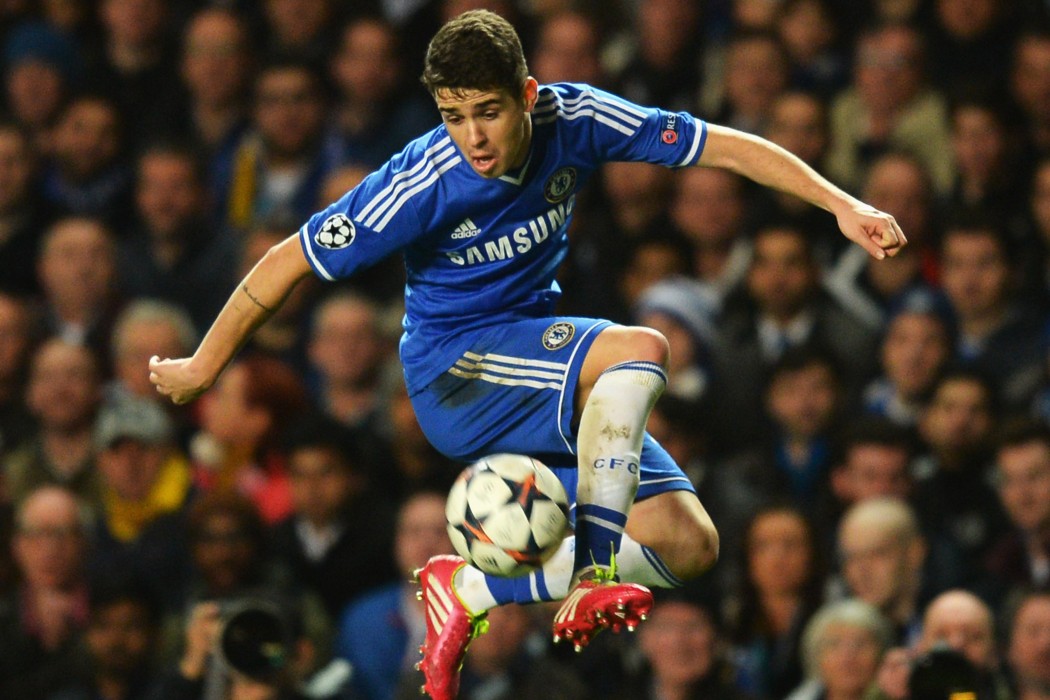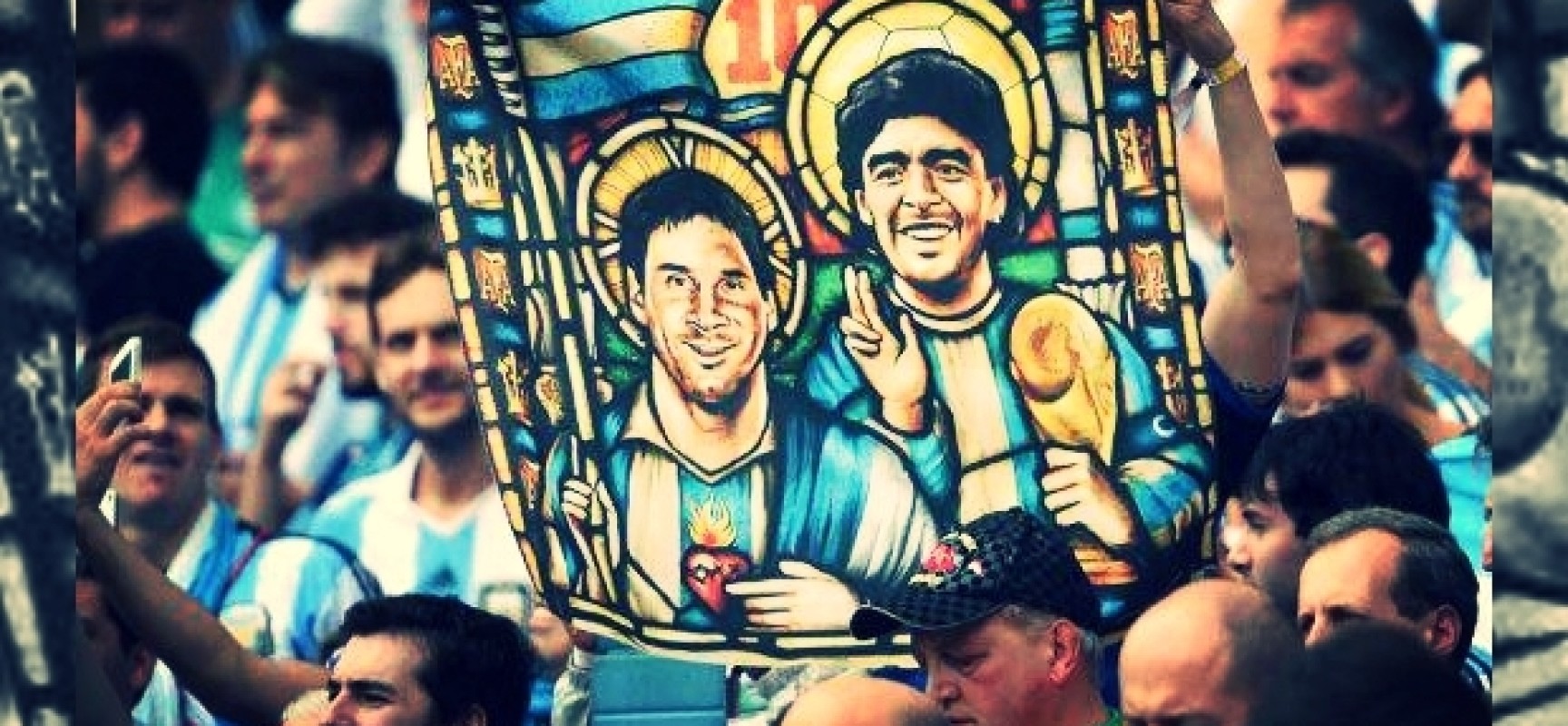Is the English game finally a place where playmakers can thrive?
Football is an evolving sport. To be successful in it, you must embrace change and where possible be ahead of the curve. With the exception of players, the thing that changes most often is formations and tactics.
The 1930s gung-ho approach of teams with minimal defenders evolved into a more balanced 3-4-3 of the 1960s, then onto the classic 1980s 4-4-2. Now with the level of money involved in the sport it is even more imperative that teams succeed, which has led to the most common formation in top flight football – the 4-2-3-1.
With more managers adopting a philosophy that controlling the ball and keeping it away from the opposition could mean (when implemented properly) more success and a unique opportunity in the game for the return of the classic number 10.
In the 1980s and 1990s English football was hell on Earth for a number 10. Unless your team was prepared to drop a striker, or play a diamond formation, a number 10 was forced to play out of position. One prime example was the criminal misuse of Matthew Le Tissier on the rare occasion he was selected for England. I remember one game when he was shunted out to the left wing and predictably substituted early in the second-half when he was unable to affect proceedings.
Fast forward to the modern Premiership and it’s a paradise for any mercurial playmaker. With the odd exception, every team in the upper echelons of the league play with a 4-2-3-1. Oscar at Chelsea, David Silva at Manchester City, Ross Barkley at Everton, Juan Mata at Manchester United and Mesut Ozil at Arsenal. That’s some wealth of talent that is allowed to flourish in the hole behind the main striker.
While on paper the 4-2-3-1 looks negative, it is actually the exact opposite. The two holding midfielders bring a level of solidness to the formation that allows the three more attacking midfielders to do their thing. Two of those three are obviously wingers – be them inverted or orthodox – usually full of pace and skill. It’s the man in the middle of the three that is the key to unlock the defence. He has the time and the support to focus on his side’s attacking play; both controlling and dominating the assaults. With two holding midfielders freeing him of any responsibility to track back, one can only wonder how players like Riquelme and Baggio, etc. would have fared in the Premier League today.
For lovers of the beautiful game and the man in the hole, the next few years has the potential to be very exciting. While some, so called, smaller clubs will no doubt adapt the formation to suit their needs, others will follow the top clubs and attempt to go like for like.
During that time we could see the emergence of some truly exceptional talents, all with different skill sets. Some teams will prefer the master of the slide-rule pass whilst others will want a little box of tricks. Hopefully, if we are exceptionally luckily, we might see the materialisation of the complete package. Now wouldn’t that be something?





